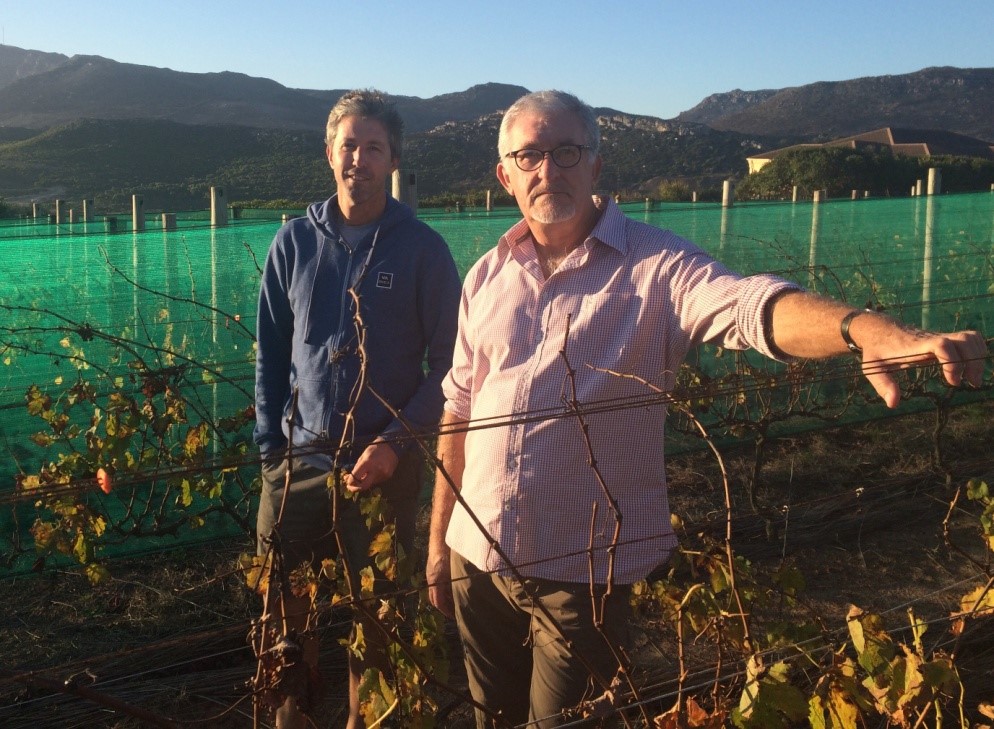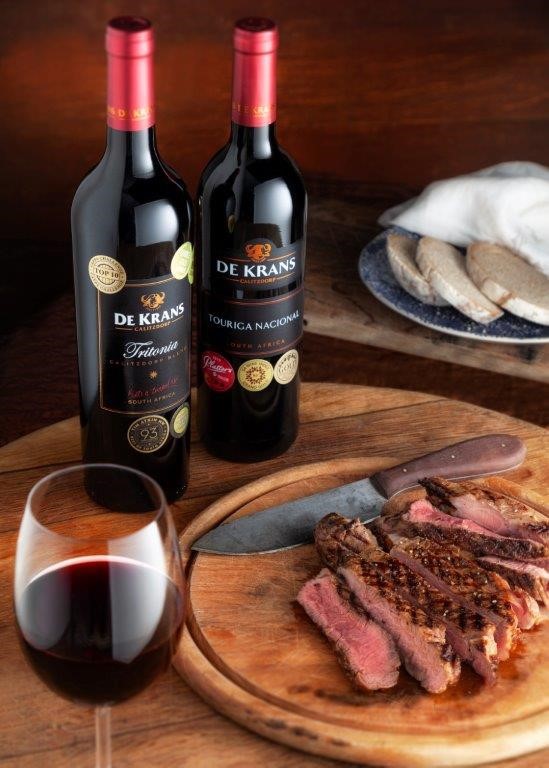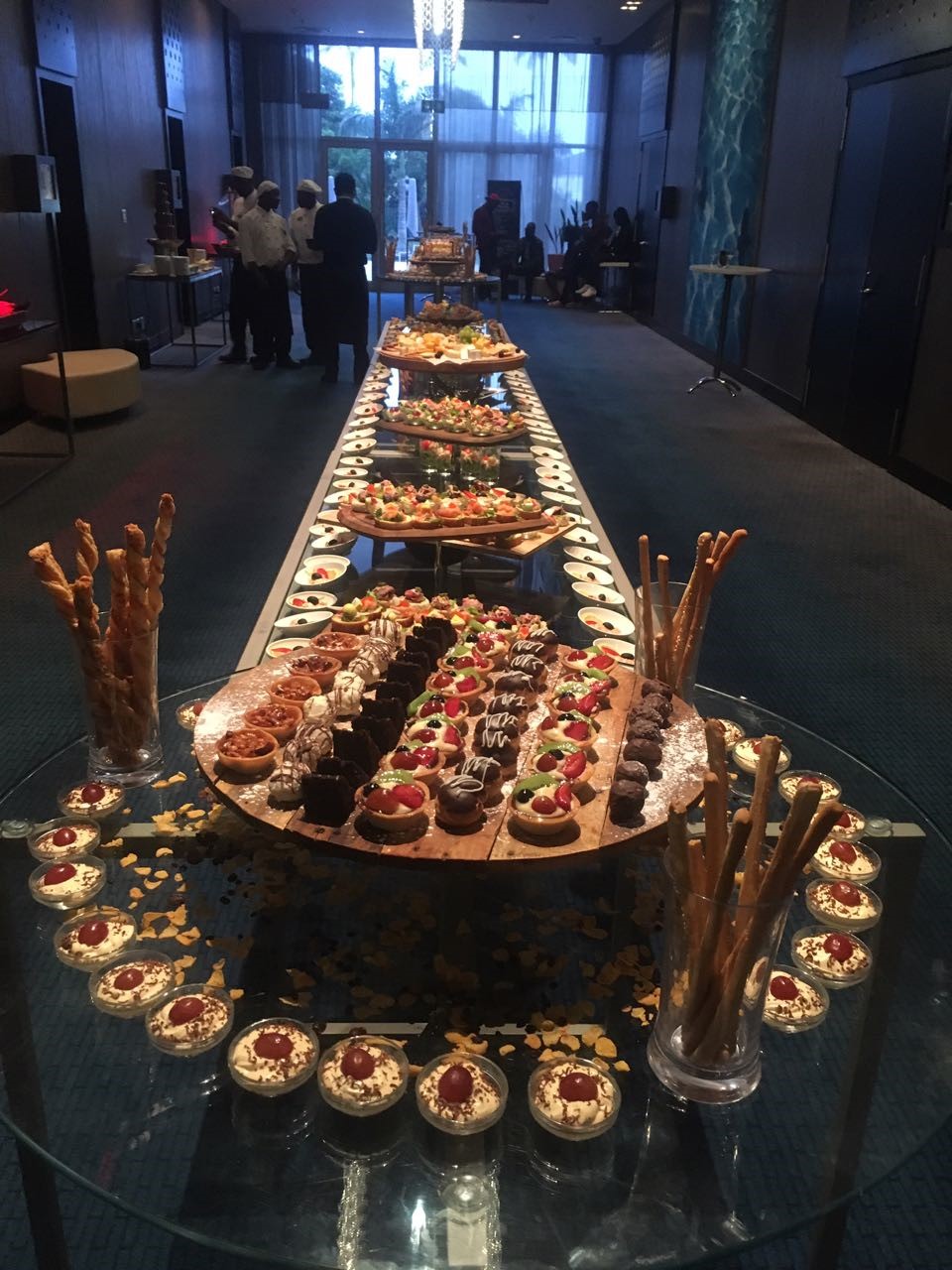Flying solo
It takes courage and hard work to fly solo as a winemaker. Back in the 80s and 90s, it was winemakers like Beyers Truter, who left Kanonkop to start Beyerskloof, focusing on Pinotage; Etienne Le Riche, who left Rustenberg to start his own venture, Le Riche Wines, specialising in Cabernet; and Neil Ellis, who bravely forged ahead, leaving their winemaking day jobs to build their own brands. After he left Zevenwacht, Ellis, a pioneer of the negociant trend in South Africa, cherry picked grapes from carefully selected and managed parcels of vineyard. He put the Groenekloof ward in Darling firmly on the map and grew Neil Ellis Wines into the successful family business that it is today.
Eben Sadie was the winemaker at Spice Route near Malmesbury before blazing a trail in the Swartland with the stellar Sadie Family Wines, which he started in 1999. Other well-known winemakers followed suit, including Adi Badenhorst, who left Rustenberg after nine years to start AA Badenhorst Family Wines.
Then there is Bruce Jack, who founded Flagstone, also in 1999. He did things differently from the outset – his first winery was at the V&A Waterfront in Cape Town. Key to his winemaking operation was a huge chilling unit to which grapes sourced from various growers, many of whom he now has joint ventures with, were brought. In typical maverick fashion, Flagstone moved to what was originally a dynamite factory in Somerset West in 2002.
Off to Elgin, where MW Richard Kershaw, previously winemaker at Kanu, more recently started his eponymous venture focusing on Chardonnay and Shiraz. Into the Overberg and Bot River where you’ll find winemaker Niels Verburg, who bought land, planted vineyards and then left Beaumont to start his own winery up the hill, Luddite, where the focus is on making wines using a natural, non-interventional approach.
Some winemakers left to gain work experience overseas for several years before coming back to South Africa and flying solo, for example Chris and Suzaan Alheit of Alheit Wines, who started their family winery in the Hemel-en-Aarde Valley in 2010 and released their first wines to immediate acclaim; and Donavan Rall, who did the same in the Swartland.
The latest winemaker to leave his comfort zone to focus on his own eponymous label is Duncan Savage. I caught up with him towards the end of May just as he was finishing up after 14 harvests at Cape Point Vineyard’s maritime vineyards, “a mutually beneficial run that really helped me to find my feet, it’s been fantastic…”
Savage started experimenting with making his own wines in 2010 but the concept had been fermenting since 2007. The wines from the 2012 vintage were very well received at the launch dinner in April 2013. Now, with the fourth release of the Savage range due, the “timing is just right” for him to go solo as his wines gain traction. Co-winemaker at CPV since 2014, Riandri Visser will be taking over the reins while Savage takes on a consulting and mentoring role.
The essence of the style of his range is freshness, which means picking early at lower alcohols. As a result, the red wines are between 12.5 and 13% alc by vol. Grapes are sourced from cool-climate maritime and high-altitude vineyards. “I cut my teeth on maritime vineyards so it’s nice to keep the same feel. Wines with good acidity that are refreshing, not heavy kinds of wine, are what I like to drink and make.”

Duncan Savage (Left), Peter Savage (Right)
It’s a real family affair. Savage’s dad, whom he says has no wine background but is “a legend”, helps out with deliveries and transporting grapes. “He is very level-headed and guides me, I am lucky to have him in my corner.” His wife Zani handles admin from their Noordhoek home, which is “just as well because I suck at that!” Savage intends continuing his use of clay amphorae, made by Hout Bay potter Yogi de Beer, for fermentation.
While Savage Wines does not have a home as yet the plans are to have one in three to five years’ time. In the short-term, the plan is to buy in grapes and lease cellar space. “There will be a lot of driving and I guess I’ll be kind of ‘living’ in my bakkie,” he quips.


Initial intentions were to produce only two wines, a red and a white blend, but he just keeps on finding “epic vineyards”. Last year he released Follow the Line, a blend of Cinsaut, Grenache and Syrah from Darling and Piekenierskloof. What was labelled as Syrah last year has a name this year – The Girl Next Door. The grapes are sourced from a single vineyard that is still in the process of being registered. “It was a non-descript windblown patch that was going to be pulled out.” Given some TLC it blossomed, producing quality fruit, and Savage now has a long-term lease on it. Also new is a Syrah from Swartland fruit that he made this crush, as well as a Touriga Nacional, which is “looking amazing”. Both will be released next year.
Production volumes may still be small but exports are already reaching 13 different destinations. Given the quality of the wines, which have received some brilliant reviews and are highly rated in Platter’s, and his reputation for consistency, Savage Wines looks poised to become another family wine business success story.
– Lindsaye Mc Gregor